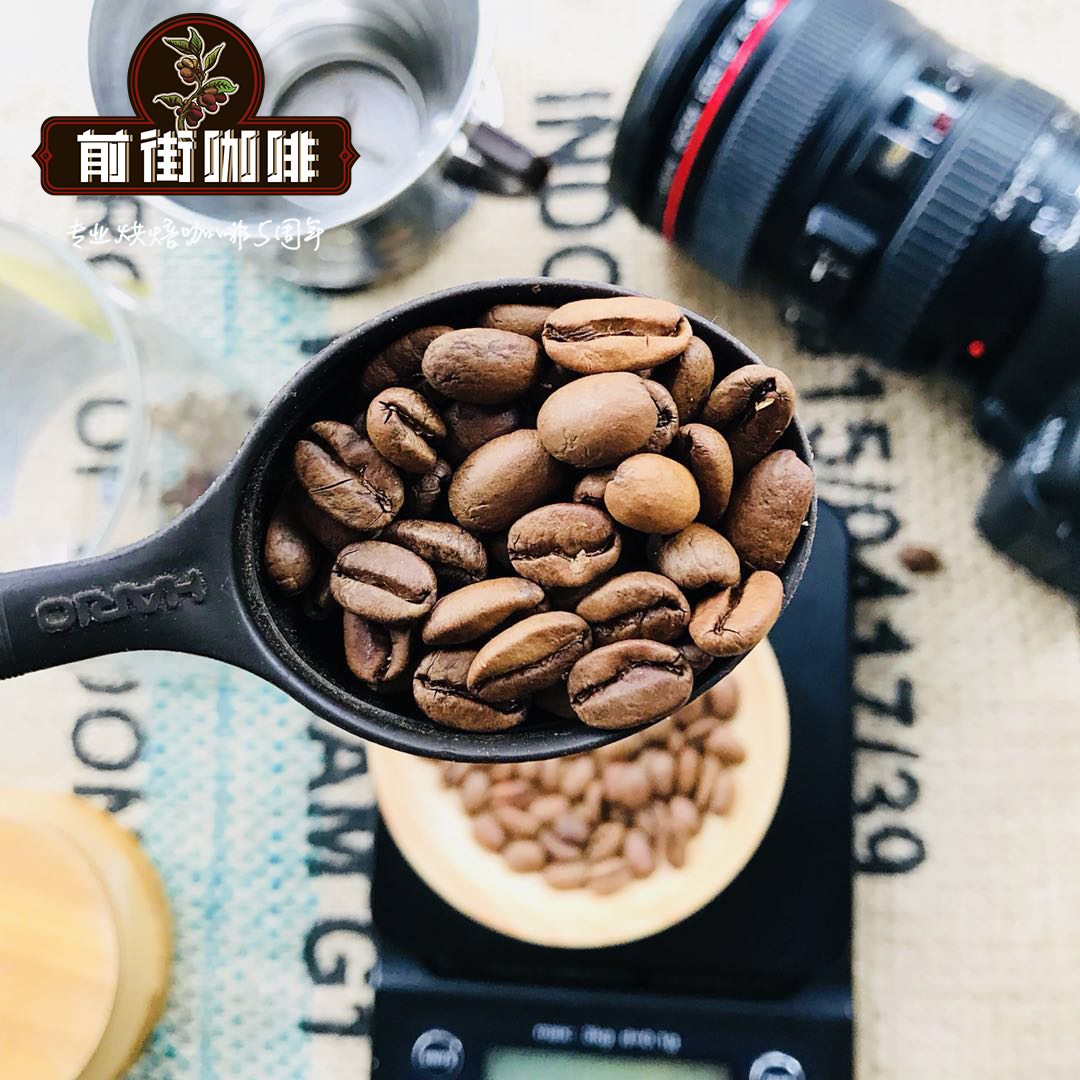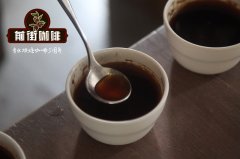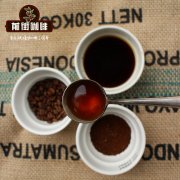Miraculous orange coffee fruit in the coffee garden in the West Valley of Costa Rica

Professional coffee knowledge exchange More coffee bean information Please pay attention to coffee workshop (Weixin Official Accounts cafe_style)
WEST VALLEY
West Valley, the first farmer settled in the 19th century and brought coffee.
The area is divided into 6 sub-regions, surrounding the urban centers of San Ramon, Palmares, Naranjo, Greece, Sarchi and Athenas.
Sarchi has a specific coffee variety called Villa Sarchi.
The highest elevations in the region are located around Naranjo, and some amazing coffees can be found at the elevations of this region.
Altitude: 700- 1,600 m
Harvest: October-February
Coffee Garden was founded in 1989 and is located in the West Valley region of Costa Rica's capital city of San Jose.
It is also located near the volcanic ground, which allows coffee to produce a special quality of taste.
Maria Mayela Quesada decided in 2005 to build her own processing plant to process all the coffee on the estate.
Years of hard work have finally borne fruit, and in 2008 it was voted the best coffee in the country, winning national and international C.O.E. recognition.
A very special miracle occurred in Coffee Garden this year, which also attracted the attention of international coffee lovers.
Several hectares of coffee trees have mutated naturally, and red and yellow Catuai have suddenly turned into magical orange coffee cherries.
The taste of coffee was also welcomed by everyone.
Similar to the coffee green bean treatment used by 2015 World Barista Champion Sasa Sestic:
The four elements of this approach-
1. Shade system
The shade system effectively blocks out sunlight, allowing the coffee pulp to produce more sugar, resulting in more sweetness and a wonderful, shiny acidity in the final coffee.
2, stainless steel container
Once harvested, the beans are fermented in stainless steel containers, eliminating the use of traditional cement or ceramic tile containers that absorb the flavor of the beans rather than retaining more of the coffee flavor in the coffee pulp.
3. Carbon dioxide
The container in which the beans are placed is then sealed and pressurized with carbon dioxide so that there is no oxygen in the container. This ensures that all the flavor and aroma of coffee are retained in the coffee, and the flavor of coffee is more obvious.
4. Controlled environment
Finally, these containers of coffee beans are placed in a controlled environment, which ensures that the coffee beans with the same flavor can be reproduced every time. However, the traditional processing method is affected by weather, humidity and other factors, and it is difficult to ensure that the flavor of beans treated every time is consistent.
END
Important Notice :
前街咖啡 FrontStreet Coffee has moved to new addredd:
FrontStreet Coffee Address: 315,Donghua East Road,GuangZhou
Tel:020 38364473
- Prev

110-year-old bourbon queen estate, the essence of Brazilian premium coffee, representing the estate
Professional coffee knowledge exchange More coffee bean information Please pay attention to Coffee Workshop (Weixin Official Accounts cafe_style) Queen Farm is located in Alta Mogiana area of So Paulo, north of Sao Paulo City. This estate is well known in Brazil and is owned by the Carvalho Dias family.
- Next

Colombian coffee smallholder production model, the country that exports the most Arabica beans
Professional coffee knowledge exchange more coffee bean information please follow the coffee workshop (Wechat official account cafe_style) Colombian coffee Colombia is the world's third largest exporter of coffee Arabica coffee and the largest exporter of Arabica beans Colombia has three Codiera mountains stretching north and south to the Andes, along which local coffee farmers
Related
- Does Rose Summer choose Blue, Green or Red? Detailed explanation of Rose Summer Coffee plots and Classification in Panamanian Jade Manor
- What is the difference between the origin, producing area, processing plant, cooperative and manor of coffee beans?
- How fine does the espresso powder fit? how to grind the espresso?
- Sca coffee roasting degree color card coffee roasting degree 8 roasting color values what do you mean?
- The practice of lattes: how to make lattes at home
- Introduction to Indonesian Fine Coffee beans-- Java Coffee producing area of Indonesian Arabica Coffee
- How much will the flavor of light and medium roasted rose summer be expressed? What baking level is rose summer suitable for?
- Introduction to the characteristics of washing, sun-drying or wet-planing coffee commonly used in Mantenin, Indonesia
- Price characteristics of Arabica Coffee Bean Starbucks introduction to Manning Coffee Bean Taste producing area Variety Manor
- What is the authentic Yega flavor? What are the flavor characteristics of the really excellent Yejasuffi coffee beans?

